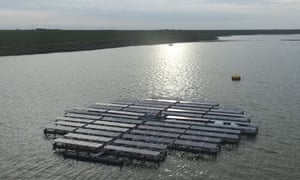This thread is intended to be a collection of green solutions that have already been deployed or are in the process of gearing up. This includes countries and companies that have begun transitioning
Some costs may be high at the moment but mass production brings that down considerably.

